Range Wars
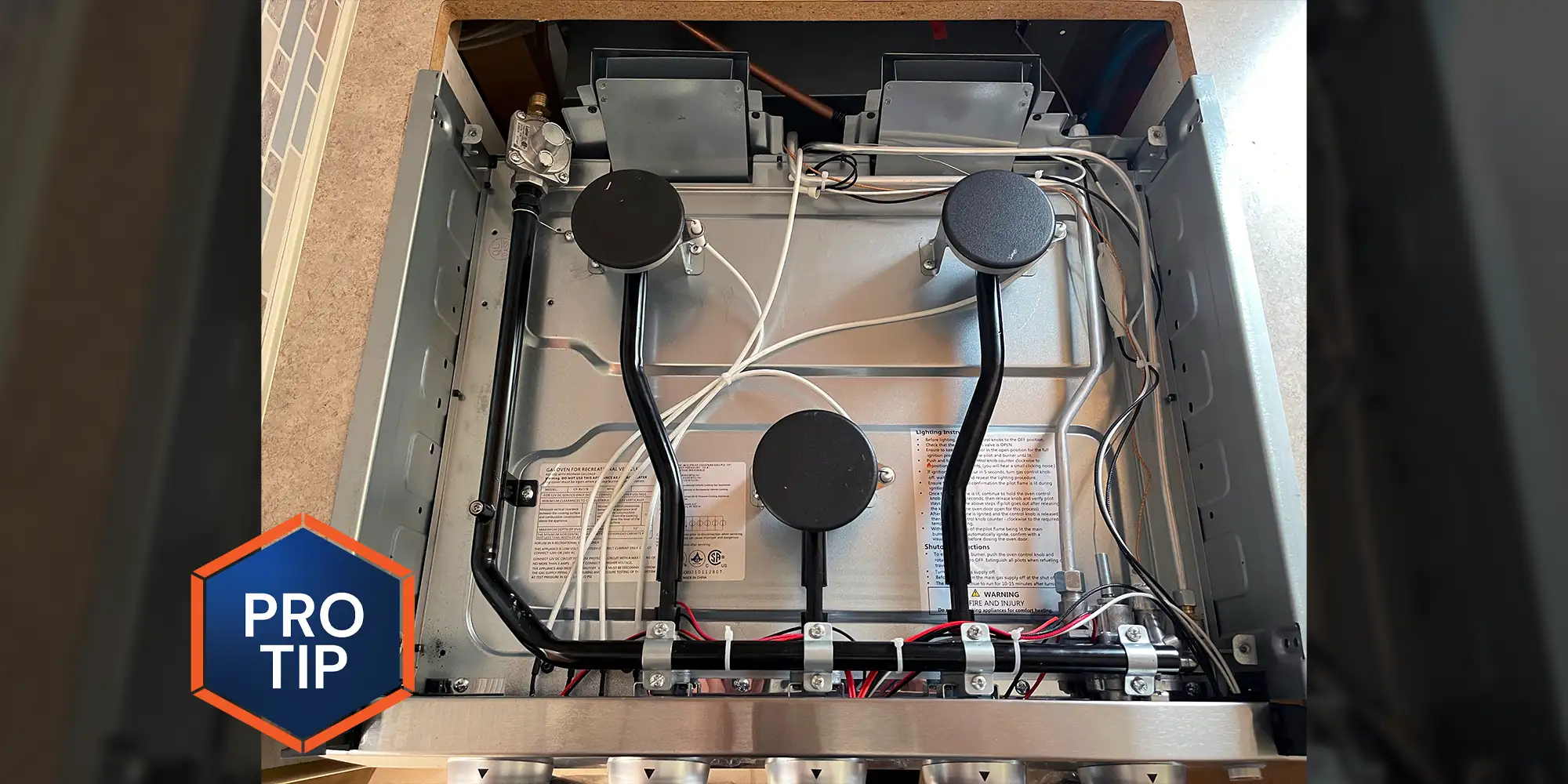
If your propane-fueled appliances aren’t functioning correctly, the first thing to troubleshoot is the regulator to ascertain it is operating at the correct pressure — but that’s a topic for another time. For now, let’s focus on some simple maintenance tips to help extend the life of your range and oven.
Most gas RV ranges and cooktops are a legacy design, with a pilot-fired oven and manual igniter for the cooktop, with propane entering through a third-stage regulator. The regulator reduces fuel pressure to about 10 inches water column into a fuel rail that feeds the cooktop valves and a thermostatically controlled oven valve with a pilot valve. For the most part, these ranges are generally available in 17- to 26-inch models, with three burners.
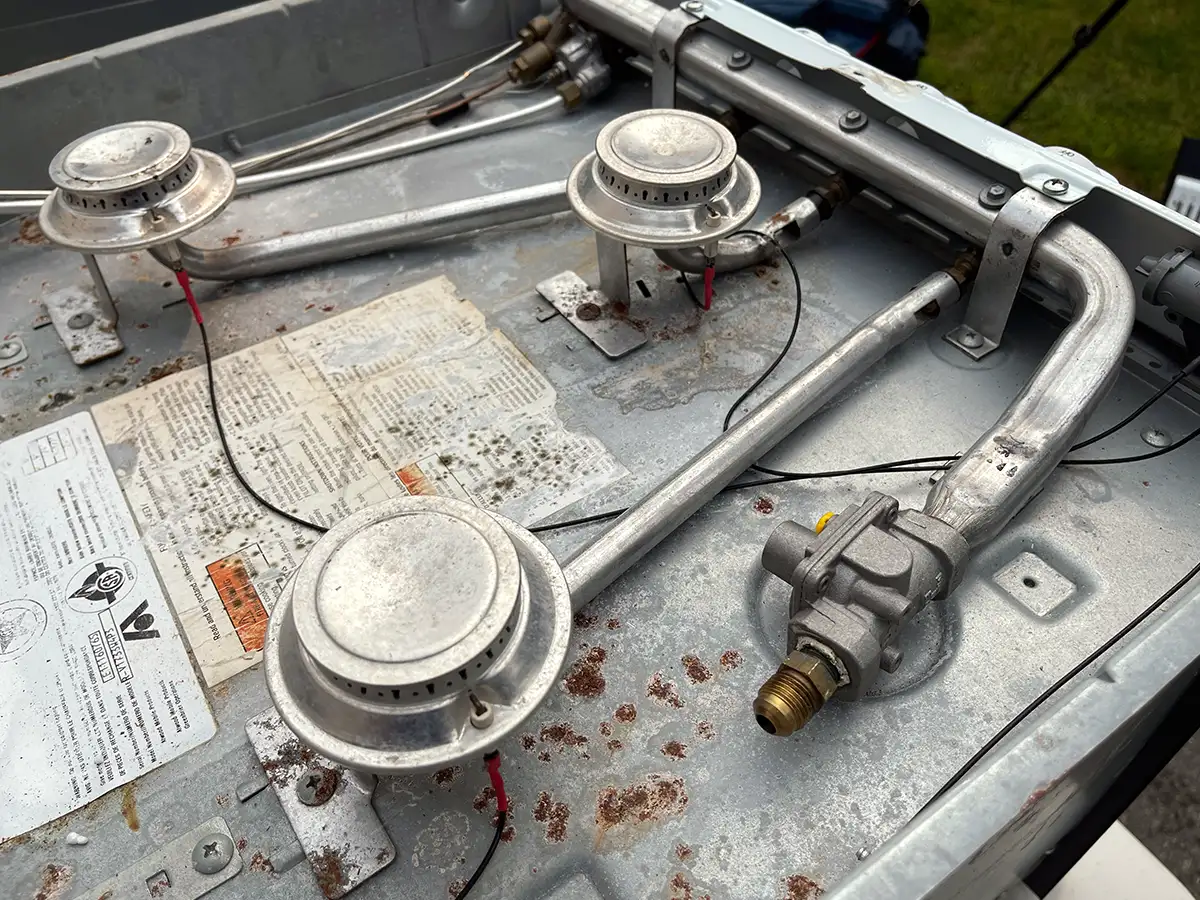
Cleaning your range — and especially the cooktop, inside and out — is essential. With standard cooktops, the surface is open to the “utility” area underneath and around the burners. A boil-over or spill can make for a tremendous mess, especially since there are holes in that space that can allow spills to leak down into the range and the cabinet. A good way to help prevent spill migration and spillage from “cooking” onto the metal surface is to line inside the cooktop area with aluminum foil.



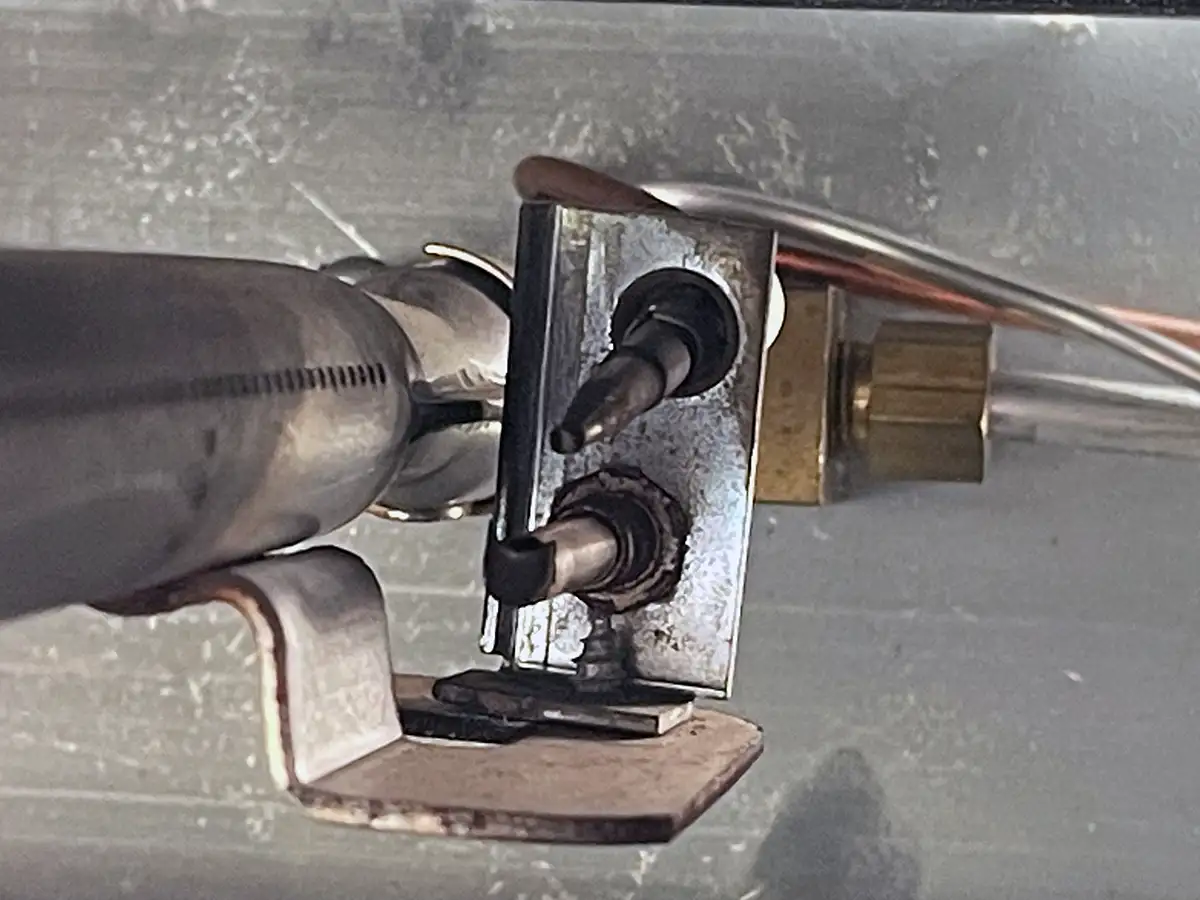
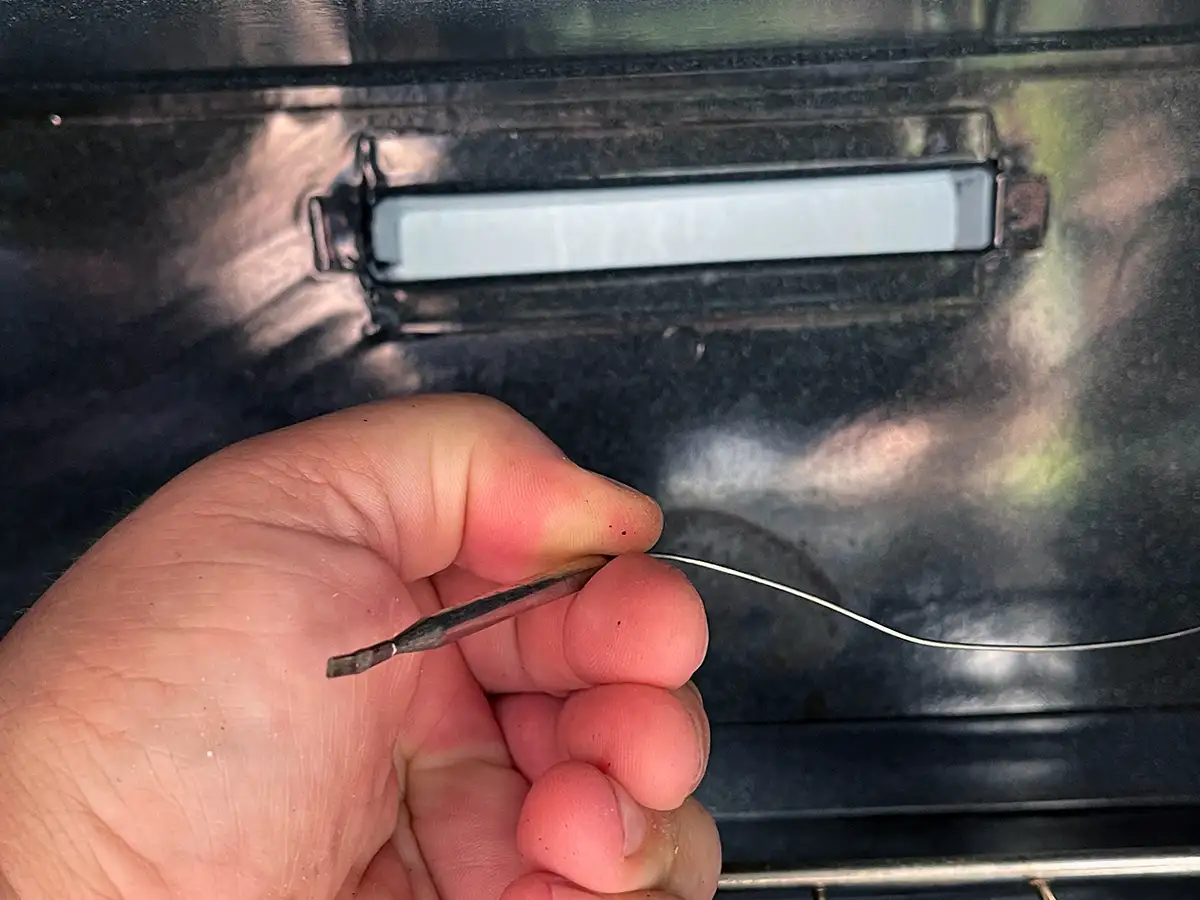
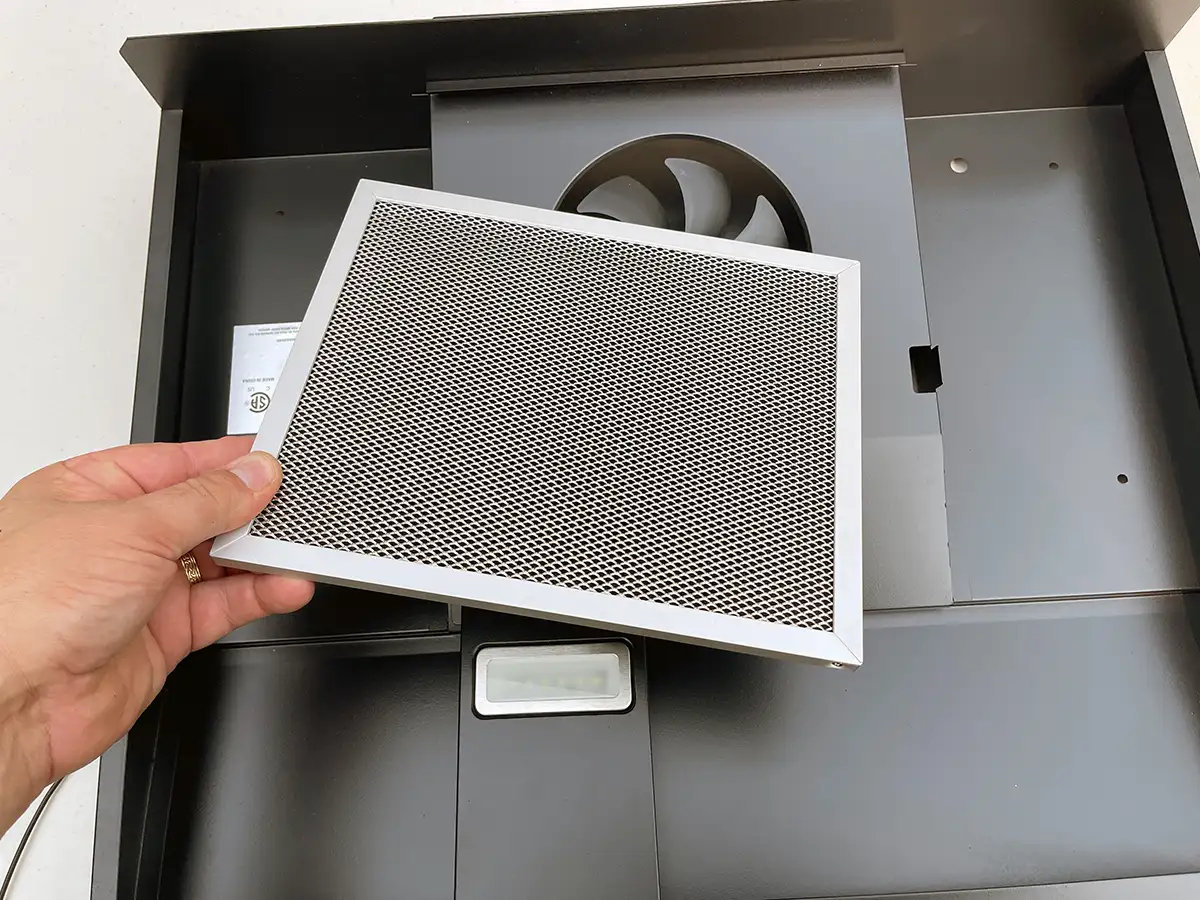
By the way: Another concern many folks have is the accuracy of the oven thermostat — or lack thereof. This, frankly, isn’t unusual. Using an aftermarket oven thermometer will allow to you monitor temperatures and adjust accordingly. The diminutive size of the RV oven box — in comparison to larger residential and commercial ovens — means the flame is closer to the food and in a tighter space. Hot spots are inevitable.
Already a Subscriber? Click here for Access to the Full Issues.

